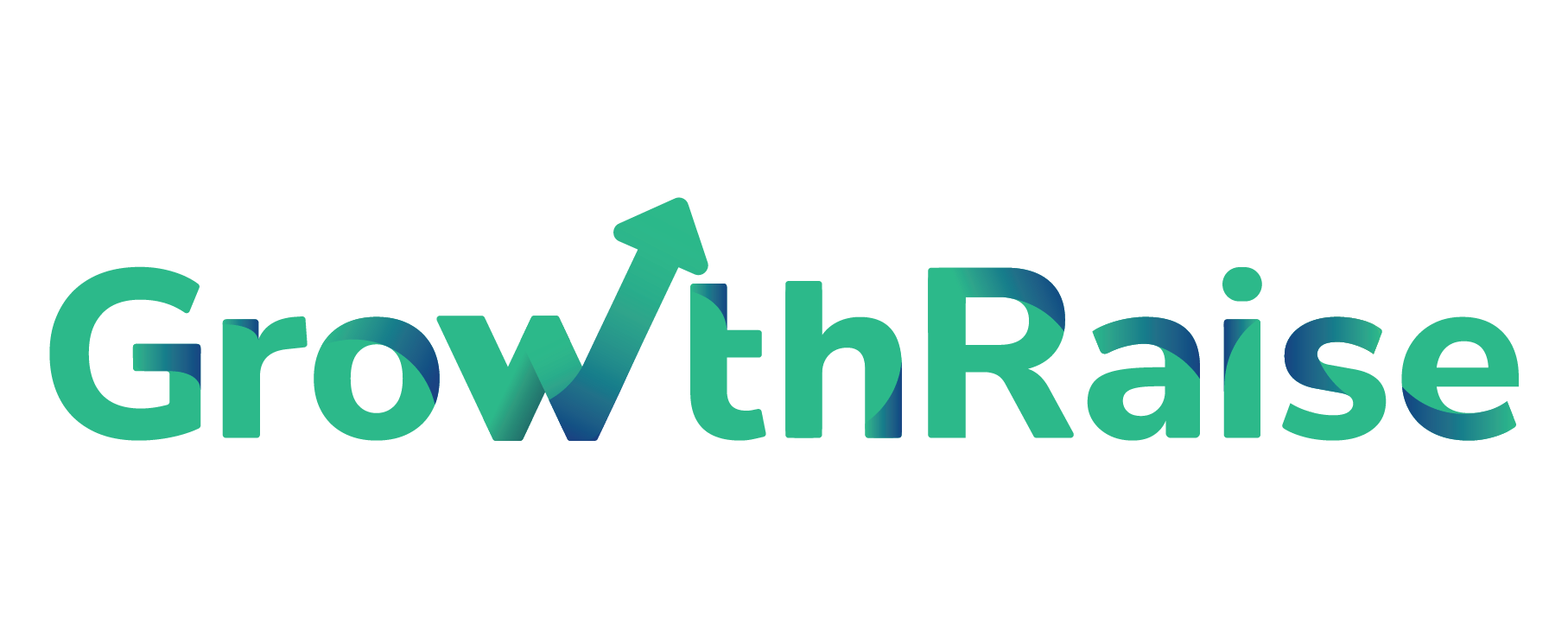Getting Started with B2B Inbound Marketing
The average person’s association with marketing might be billboards, intrusive ads and direct calls. In turn, people have gotten extremely good at ignoring everything they haven’t asked to receive.
However, marketing nowadays has grown to be much more than that. As a result, more and more small and medium-sized businesses turn to inbound marketing to help their growing business and attract new customers.
If you are in the B2B space, inbound marketing is the perfect way to grow your audience, build connections and find more loyal customers.
But what exactly is B2B inbound marketing, how is it different from traditional marketing and is it suitable for your business? Keep reading and we will help you find answers to all your questions.
What’s B2B Inbound Marketing
Inbound marketing is a strategic marketing approach that focuses on attracting customers to your business naturally and organically, rather than directly targeting them with traditional advertising. B2B (Business-to-Business) inbound marketing is a type of marketing focused on attracting customers from other businesses, unlike B2C inbound marketing which focuses on individual customers.
While B2C marketing focuses on quick solutions and enjoyable content, B2B marketing is more concerned with building relationships and proving a product’s return on investment for a business customer. This is also why developing long-term relationships with customers is especially important for B2B.

B2B Inbound Marketing VS Outbound Marketing
Unlike outbound marketing, which relies on direct outreach, inbound marketing uses a strategy to build brand awareness, foster relationships, and generate leads. That helps businesses attract the right kind of leads, nurture them, and convert them into customers. The goal is to provide content and experiences that build trust and credibility, create a personal connection, and turn leads into loyal customers.
But what are the key differences between inbound and outbound marketing?
Inbound Marketing | Outbound Marketing |
Pull strategy (pulls interested customers in) | Push strategy (pushes messages out to a broader audience) |
Focused on attracting individuals who are | Focused on a less specific audience |
More cost-effective, especially for small businesses, as | Expensive due to the costs associated with traditional advertising and PR |
Generally more favorable to consumers who seek out the content themselves | Sometimes can be seen as intrusive |
The goal is to generate higher-quality leads | The goal is to generate leads quickly by reaching out to as many people as possible |
Higher return on investment (ROI) | Lower return on investment (ROI) |
Benefits of B2B Inbound Marketing
B2B Inbound Marketing offers many benefits, especially to small and medium-sized businesses.
Cost-Effective
Inbound marketing is often more cost-effective than outbound marketing because it focuses on attracting prospects through valuable content rather than interruptive advertising. With a leaner, more targeted budget for B2B inbound marketing, your company can save money and generate a higher return on investment over time.
Targeted Audience
Since inbound marketing targets individuals who are already seeking information related to the problems your business solves, the leads generated are often more qualified and easier to convert into customers.
Builds Trust and Credibility
By providing valuable content, highlighting unique selling points and demonstrating value to customers, you establish your business as a leader in your industry. This builds trust and credibility with your audience, making them more likely to choose your products or services.
Long-Term Results
Quality inbound marketing strategies, such as SEO and content marketing, can continue to attract and engage potential customers long after the initial investment. This means that the content you create today can keep generating leads for years to come.
Measurable ROI
B2B inbound marketing efforts can be easily tracked and measured, providing valuable insights for your marketing strategies and forecasting future campaigns. By calculating and understanding ROI, you can see which strategies are most effective and where financial resources should be allocated going forward.
Improved Customer Relationships
Inbound marketing emphasizes engaging and delighting customers. By consistently providing valuable information and support, you foster long-lasting relationships with your clients.

The B2B Buying Process
The typical buying process involves three stages: Awareness, Consideration, and Decision.
However, in the B2B space, the buying process is much more complex and involves multiple stages and decision-makers compared to the typical consumer buying journey. While the basic stages of Awareness, Consideration, and Decision still apply, they are expanded into more detailed steps. You have to keep all of them in mind when developing your B2B inbound marketing strategy.
Problem Recognition
The B2B buying process begins when someone in the organization identifies a problem or need. This can be as simple as running out of office supplies or as complex as the need for a new accounting software system due to organizational growth.
Need Description
Once a problem is identified, it’s time to define what needs to be purchased by specifying technical requirements, desired features, and quantities.
Product Specification
Detailed product specifications are developed, outlining what the product should look like, what features it should have, and how it should work. This blueprint guides the search for the ideal product or service.
Supplier Search
With the product specifications in hand, the buying center searches for potential suppliers. This involves evaluating suppliers based on quality, delivery, and pricing, often through online research, trade magazines, and industry expert blogs. This is where B2B inbound marketing plays a crucial role.
Request For Proposals
Qualified suppliers are invited to submit proposals. For simple purchases, this may be a catalog or a link to a website. For more complex needs, detailed proposals that include specifications, timelines, and pricing are required.
Supplier Selection
The buying center reviews the proposals and selects a supplier based on factors such as capabilities, reputation, warranties, and price. Sometimes the process includes meetings with short-listed suppliers to address questions and concerns.
Purchase Order Specification
Details of the purchase order are negotiated, including technical specifications, quantities, delivery times, return policies, and warranties.
Performance Review
After the purchase, the supplier’s performance is periodically reviewed. Product quality, delivery timeliness, and overall satisfaction are evaluated to determine if the supplier relationship should be continued, modified, or terminated.

How To Create A B2B Inbound Marketing Strategy
When creating a B2B inbound marketing strategy, you have to keep a few things in mind to ensure its success.
Set Clear Goals and Define Your Target Audience
Determining what you want to achieve with your inbound marketing efforts, such as increasing website traffic, generating leads, or increasing sales, is the first step. Next, create detailed buyer personas to understand the needs, challenges, and behaviors of your ideal customers. This allows you to fine-tune your strategy to best meet your needs.
Use Valuable Content and SEO
Create content that addresses the key pain points and needs of your target audience at each stage of the buying process. This can include blog posts, infographics, videos, and case studies. By using SEO best practices you ensure your content is easily found by search engines and your target audience. This includes using relevant keywords, optimizing meta descriptions, and building backlinks.
Promote Your Content and Build Relationships
To reach a wider audience and connect with potential customers, share your content on social media platforms, use targeted email marketing campaigns with valuable information and offers, and promote your content through various channels such as social media, email newsletters, and industry forums. Increased visibility will attract more potential customers and engage them in conversation. On the other hand, responding to their questions and feedback builds relationships and trust.
Monitor and Optimize
The effectiveness of your B2B inbound marketing strategy relies on continuous optimization and monitoring. Utilize analytical tools to monitor your marketing initiatives and content, identify areas for improvement, and make necessary changes. Utilize various tools and platforms to manage and maximize your inbound marketing efforts.
Ready to Employ B2B Inbound Marketing for Your Business?
B2B inbound marketing is a powerful strategy for small and medium-sized businesses looking to attract and engage customers. By focusing on creating valuable content and experiences tailored to your audience, you can build trust, generate quality leads, and foster long-term relationships.
But explaining these concepts is one thing. Successfully implementing them is another. If you’re interested in seeing real results and how B2B inbound marketing can work for your business, check out our B2B inbound lead generation case study to learn how we’ve helped a very niche small business attract 3,000+ new leads in 12 months.
By embracing B2B inbound marketing, you’ll be well-equipped to grow your business cost-effectively and sustainably. If you are already considering inbound marketing as a viable growth strategy, drop us a line and our team of experts will help you achieve your goals.

